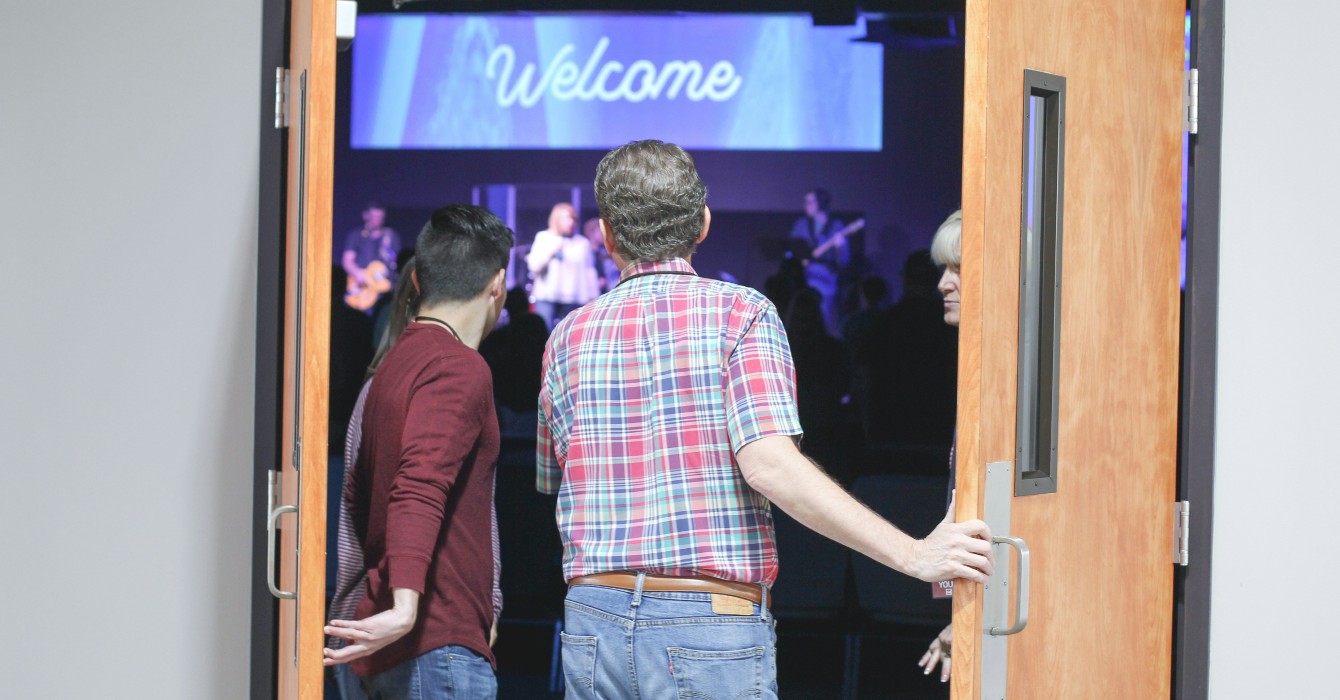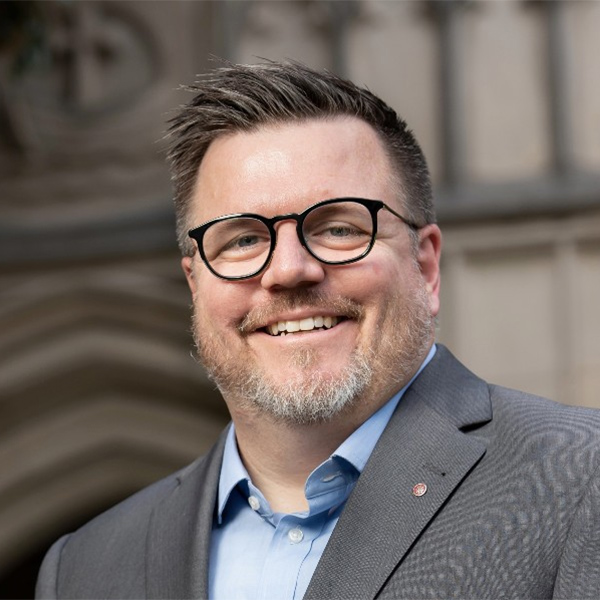The conventional wisdom is that shorter is better if you want to share your message with audiences in an age of instant communication.
Internet marketers speak of having as few as three seconds to capture the attention of a generation used to texting, Twitter and other forms of social media.
But one place pastors seem to be drawing the line on this accommodation to secular culture is in the time they spend preaching. Sermons are staying the same length, if not getting slightly longer, research indicates.
The percentage of congregations reporting sermons of 20 minutes or less decreased, from 41 percent to 36 percent, from 1998 to 2006 in the National Congregations Study. In the same period, the percentage of congregations reporting sermons of 21 to 45 minutes increased, from 52 percent to 56 percent.
Whether holding the line on sermon length represents a positive affirmation of the value of the pulpit message or a stubborn resistance to change is a matter of diverse opinion.
And there always have been plenty of opinions on the subject of sermon length.
In an 1882 review in The Nation of J.P. Mahaffy’s “The Decay of Modern Preaching,” the critic agrees with the author’s lament about the dullness and length of sermons. “No congregation now would beg the preacher to reverse his hour-glass and give them another hour.”
But that was back in a time when preachers would routinely talk for an hour or more.
Today, less than 10 percent of congregations have sermons longer than 45 minutes. And religious consumers have many choices if sermon length matters.
The U.S. Congregational Life Survey found that sermons in 94 percent of Catholic parishes were 20 minutes or less, while sermons in more than four out of five conservative Protestant churches lasted from 21 minutes to an hour. Churchgoers in 61 percent of mainline Protestant congregations heard sermons from 11 to 20 minutes long.
The desire to hold the line on sermon length amid the latest technological assault on attention spans may be in part a reaction to the trend over the last half-century for churches to give ground on offerings such as Sunday evening services and weeknight Bible studies in deference to the greater demands on the time of contemporary churchgoers.
The sermon is seen as the last remaining opportunity for pastors to reach many in their flocks with Christian education and religious messages. No wonder they would be reluctant to pare down their preaching time, said Scott McConnell, associate director of LifeWay Research.
“It does not surprise me that the [sermon] length is the same or slightly more,” McConnell said.
David Roozen, director of the Hartford Institute for Religion Research, said sermon length also may be related to greater use of a narrative type of preaching that can provide more effective emotional connections with members. “Maybe it takes longer to tell stories,” he said.
Longer is not necessarily better. Many instructors of homiletics point out that it often requires greater discipline and preparation to be direct and to the point. The Rev. Roy Shelly of the Loyola Institute for Ministry recalls the words of Archbishop Fulton Sheen: “If you want me to speak for an hour, I’m ready. If you want me to speak for 10 minutes, I’ll need a week.”
And younger church members may not be wired for longer sermons. Many hyperconnected teens and young adults will develop into nimble, quick-acting multitaskers, but large numbers also will thirst for instant gratification and lack patience, according to a 2011 survey of more than 1,000 technology experts reported by the Pew Research Center.
The challenge for preachers, analysts said, is to find ways to get their message across in a manner that best meets the needs of their audiences, including being sensitive to generational changes in the way information is received and processed.
Perhaps the comedian George Burns had it right when he said, “The secret of a good sermon is having a good beginning and a good ending. And having them as close together as possible.”







